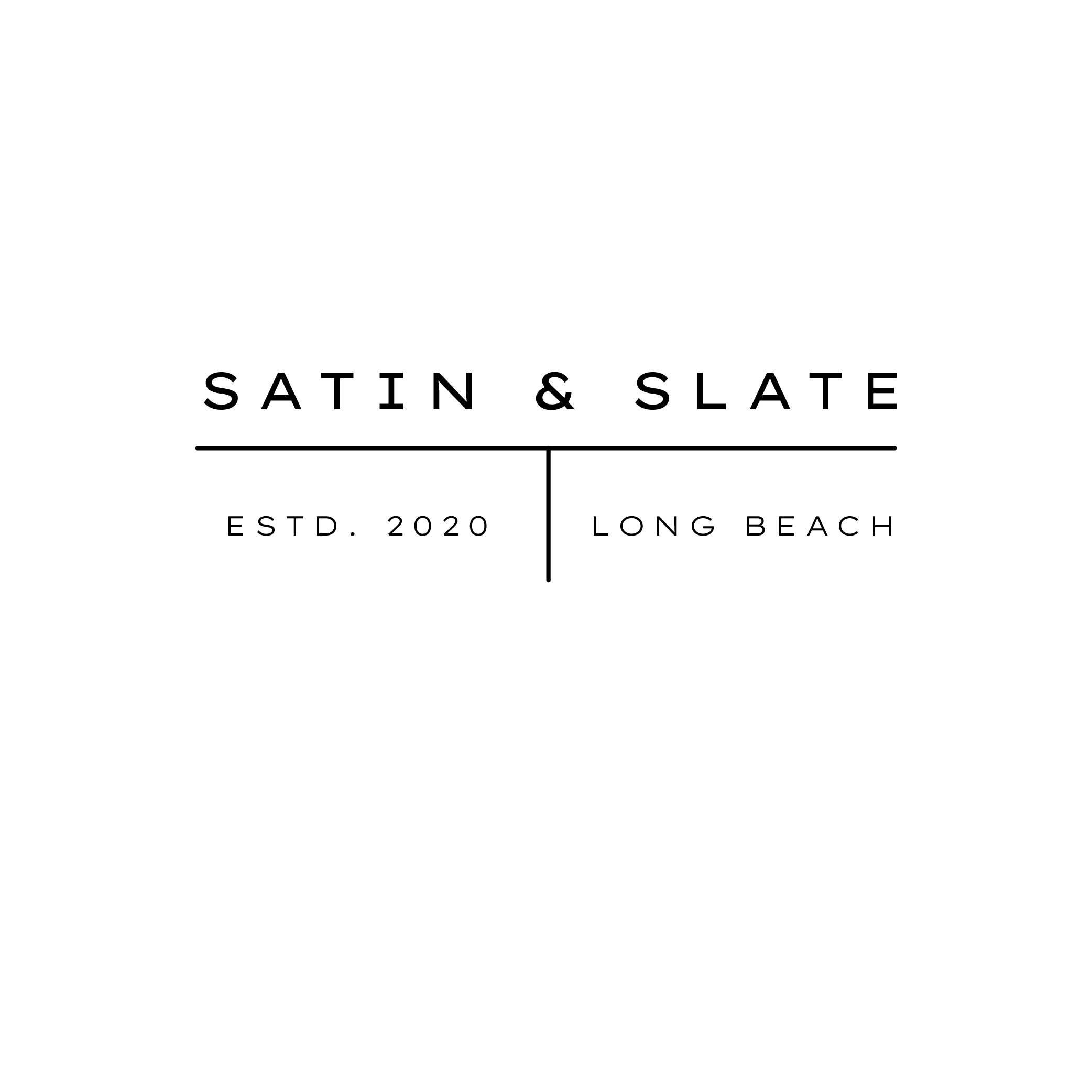Modern restaurant design is the cornerstone of creating a memorable dining experience. As the first impression customers get when they walk through the door, the design sets the tone for their entire visit. From the choice of materials to the layout and lighting, every detail matters in crafting an environment that resonates with patrons. In California, a hub for culinary innovation and diverse dining experiences, staying ahead of design trends is crucial for restaurant success.
Key Trends in Modern Restaurant Design
- Sustainable and Eco-Friendly Design
In an era where sustainability is more important than ever, modern restaurant design is increasingly incorporating eco-friendly materials and practices. This includes using reclaimed wood, recycled metals, and energy-efficient lighting. In California, known for its environmental consciousness, restaurants that embrace sustainable design not only attract eco-minded customers but also contribute to the overall well-being of the planet.
- Reclaimed Materials: Using reclaimed wood and recycled metals reduces waste and adds a unique, rustic charm to the restaurant’s interior.
- Energy Efficiency: Incorporating LED lighting and energy-efficient appliances can significantly reduce a restaurant’s carbon footprint and operational costs.
- Greenery: Integrating plants and vertical gardens not only enhances the aesthetic appeal but also improves air quality and creates a refreshing atmosphere.
- Open and Flexible Layouts
Modern restaurant design favors open and flexible layouts that create a sense of space and allow for easy movement. This trend is particularly important in California, where the dining culture is diverse and dynamic. Open layouts facilitate a more social dining experience and can be easily adapted for different events and functions.
- Open Kitchens: An open kitchen design allows customers to see the chefs at work, adding an element of transparency and entertainment.
- Modular Furniture: Using modular furniture that can be rearranged ensures that the restaurant can accommodate various group sizes and special events.
- Flow and Accessibility: Ensuring that there is a natural flow and easy access to different areas of the restaurant, including the bar, dining area, and restrooms, enhances the overall customer experience.
- Technology Integration
Incorporating technology into modern restaurant design is becoming increasingly important. From online reservations and digital menus to smart lighting and climate control, technology can significantly enhance the dining experience.
- Digital Menus and Ordering Systems: These reduce wait times and allow for greater customization of orders.
- Smart Lighting: Adjustable lighting systems can create different moods and atmospheres depending on the time of day or type of event.
- Sound Systems: High-quality sound systems ensure that background music is enjoyed without being overwhelming, and can be adjusted for different events or times of day.
Essentials of Modern Restaurant Design
- Aesthetic Appeal
The aesthetic appeal of a modern restaurant is crucial in attracting customers. This involves a careful selection of colors, textures, and furnishings that reflect the restaurant’s brand and concept.
- Color Schemes: Neutral colors with bold accents are a popular choice, creating a contemporary yet inviting atmosphere.
- Textures: Combining different textures, such as smooth marble countertops with rough brick walls, adds depth and interest to the design.
- Furnishings: Stylish yet comfortable seating, unique light fixtures, and artistic decor pieces can make a lasting impression on customers.
- Comfort and Functionality
While aesthetics are important, the comfort and functionality of the space are equally crucial. Customers should feel comfortable and at ease, whether they are there for a quick lunch or a long dinner with friends.
- Ergonomic Seating: Chairs and booths should be comfortable and supportive, encouraging customers to linger and enjoy their meal.
- Efficient Layout: The layout should ensure that staff can move easily and efficiently, providing prompt service without disrupting customers.
- Climate Control: Proper ventilation and climate control are essential in maintaining a comfortable environment throughout the year.
- Brand Consistency
Modern restaurant design should reflect the brand’s identity and values. Consistency in design elements helps to reinforce the brand and create a cohesive experience for customers.
- Theme and Concept: The design should align with the restaurant’s theme, whether it’s a chic urban bistro or a cozy family diner.
- Logo and Signage: Incorporating the restaurant’s logo and brand colors into the design elements, such as menus, signage, and staff uniforms, reinforces brand identity.
- Ambiance: The overall ambiance should be consistent with the restaurant’s concept, from the lighting and music to the table settings and decor.
Modern Restaurant Designs in California
- The Commissary, San Francisco
Located in the Presidio, The Commissary is a prime example of modern restaurant design that combines sustainability with aesthetic appeal. The restaurant features reclaimed wood furnishings, energy-efficient lighting, and a layout that promotes a seamless flow between the indoor and outdoor dining areas.
- Gracias Madre, Los Angeles
Gracias Madre in West Hollywood showcases a beautiful blend of modern design and traditional Mexican elements. The open layout, vibrant color palette, and extensive use of greenery create a warm and inviting atmosphere that reflects the restaurant’s commitment to organic and sustainable practices.
- The Rooftop by JG, Beverly Hills
The Rooftop by JG offers a luxurious dining experience with its sleek, modern design. The use of high-end materials, smart lighting, and panoramic views of the city exemplify the elegance and sophistication of contemporary restaurant design.
Modern restaurant design is about more than just aesthetics; it’s about creating an experience that resonates with customers and keeps them coming back. By embracing key trends such as sustainability, open layouts, and technology integration, and focusing on essentials like aesthetic appeal, comfort, and brand consistency, restaurant owners and designers in California can create spaces that stand out in a competitive market. Whether you’re renovating an existing space or starting from scratch, these insights into modern restaurant design will help you craft a dining environment that delights and inspires.
Check out The Top Sofa Trends of 2023 for more inspirational ideas.

Satin & Slate Logo
About Us:
Founded in 2017, Satin and Slate is one of the elite interior design studios in Southern California. Located in Long Beach, this dedicated team of designers oversees from kitchen and bathroom renovations to commercial projects. Equipped with their own showroom/studio they can satisfy the needs of any client. Featuring clean lines, bright colors and fresh ideas Satin and Slate’s mission is to bring your vision to life and help transform your space into something extraordinary.




